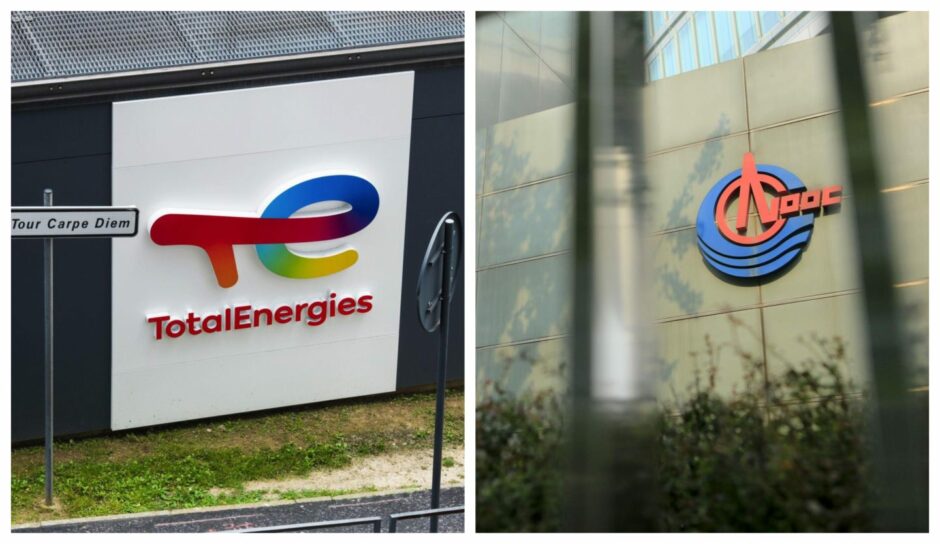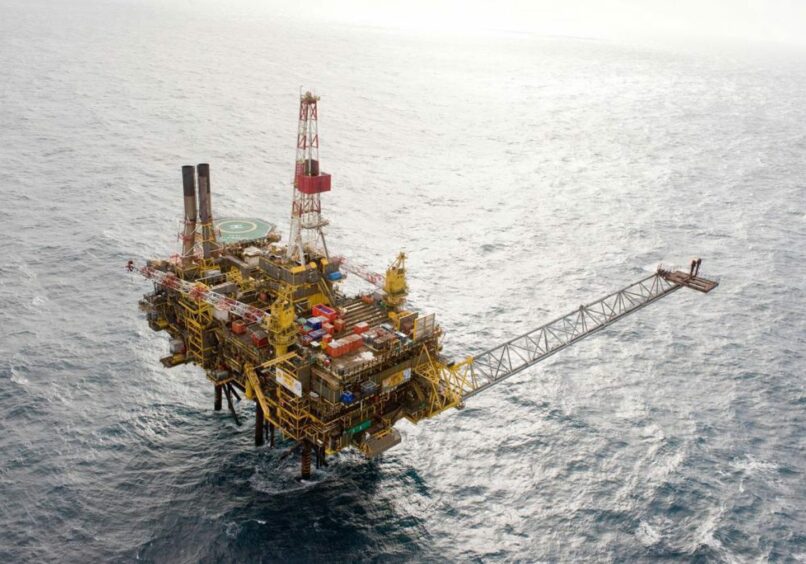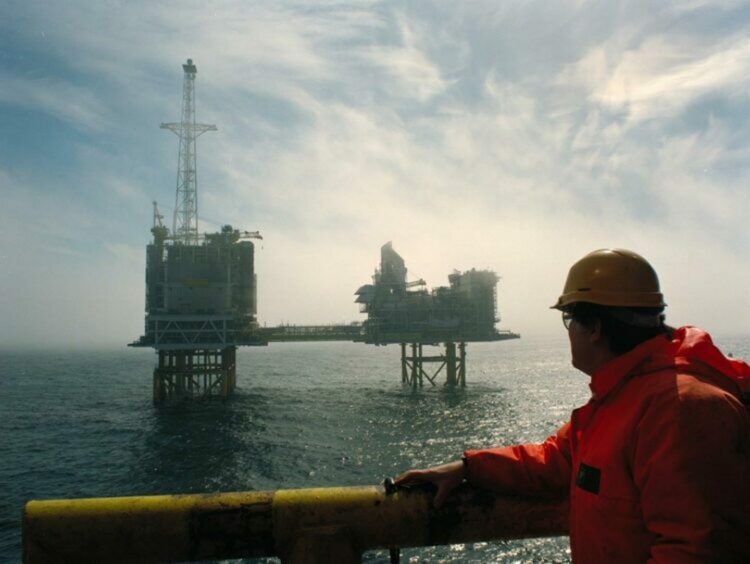
Once hailed as the UK’s largest gas discovery in a decade, CNOOC’s Glengorm development is now more likely to become a subsea tie-back – if it progresses at all.
According to energy consultancy Wood Mackenzie: “Disappointing appraisal results mean that Glengorm’s most likely development concept if it progresses, is a subsea tie-back to third-party infrastructure.”
The Chinese operator’s Central North Sea development went down in estimations following disappointing results from an appraisal well in 2021.
CNOOC’s partner in the project, TotalEnergies, initially estimated 250 million recoverable barrels of oil equivalent were in the reservoir, however, the latest appraisal campaign found no commercial hydrocarbons.
Following this disappointing result, the operator said it would begin a “comprehensive data analysis program”.
History of Glengorm
The history of this Central North Sea discovery has been one of ups and downs.
Initially drilled in 2018, CNOOC was “targeting stacked Jurassic sandstones in a complex, faulted four-way dip closed structure,” according to analysts at Westwood Energy.
During this time, the Glengorm discovery was championed as the largest discovery in UK waters since 2008, with a potential 250 million barrels on the cards. However, Glengorm quickly went down in estimations.
Estimates from the then Oil and Gas Authority, now the North Sea Transition Authority, lowballed stakeholder TotalEnergies’ predictions by 100 million barrels, estimating estimates of 150 mmboe.
Westwood explains: “In the EIA justification documentation for the 22/26d-3 Glengorm South appraisal well, drilled in 2020 – 2021, CNOOC had indicated a resource range of 60 – 470 mmboe.”
And following a disappointing appraisal well in 2021 Westwood lowered its estimation of the development from 100 million barrels of oil equivalent to 50 mmboe.
Glengorm’s tie-back options
Wood Mackenzie predicts that the development will most likely become a tie-back to an existing Central North Sea platform.
The firm outlined that “the most likely tie-back options would be BP-operated ETAP or Shell-operated Gannet.”
However, in both cases it said there was “limited commercial alignment” with these options, as none of the Glengorm partners are involved in either hub.
When taking into consideration links between invested parties and operators in the region, the analysts said: “There has been greater corporate alignment with other recent sanctioned tie-backs such as the Jackdaw tie-back to Shearwater, Evelyn tie-back to Triton, and Abigail tie-back to FPF-1.”
‘Development lies very much in the balance’
The firm says that CNOOC’s Glengorm “development lies very much in the balance” due to the nature of the field.
The development is high pressure and temperature (HP/HT), which presents further complications for the once highly thought of space if it were to be tied back to existing infrastructure.
WoodMac writes: “Combined with challenges around the HP/HT nature of the field, its development lies very much in the balance.
“Additionally, both the ETAP and Gannet hub would require modifications to accept production from the HP/HT Glengorm field.”
Fellow analytics firm, Westwood concurs with WoodMac’s analysis adding: “The joint venture partners (CNOOC and TotalEnergies) have not published much on the discovery since 2021, so it is unclear whether the discovery will be progressed.”
The future of the Central North Sea
With a fall from the largest development in a decade to an “unclear” future, what does the story of Glengorm tell us about the future of the Central North Sea (CNS)?
WoodMac claims that the region “didn’t have a successful 2022” with wells such as Diadem and Edinburgh coming up dry.
As a result of this “in 2023, focus will shift to key appraisals at the likes of Isabella (TotalEnergies) and Isolde (NEO Energy),” the firm predicts.
However, WoodMac predicts exploration levels to remain constant with 2022 throughout this year.
“In terms of exploration, we expect around ten exploration and appraisal wells will be drilled across the UK continental shelf in 2023, similar to the number in 2022,” it notes.
Westwood remains optimistic that the industry will continue activity in the region following the announcement of the 33rd license round winners.
“Despite the disappointing recent CNS appraisal well results, further exploration is expected in the CNS over the next couple of years including the 22/14c K2 well (pre-drill resources 15 mmboe), 30/13c Skerryvore (157 mmboe) and 23/26e Isolde (68 mmboe),” it added.
WoodMac sees a focus on smaller developments this year with the exception of Devil’s Hole Horst – a field that is targeting over 1 billion boe.
Recommended for you

 © Ryan Duff/DCT Media
© Ryan Duff/DCT Media © Supplied by Shell
© Supplied by Shell © Supplied by BP
© Supplied by BP